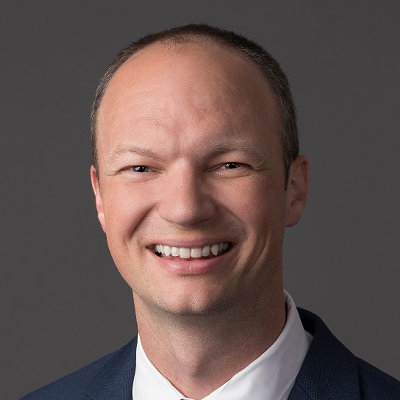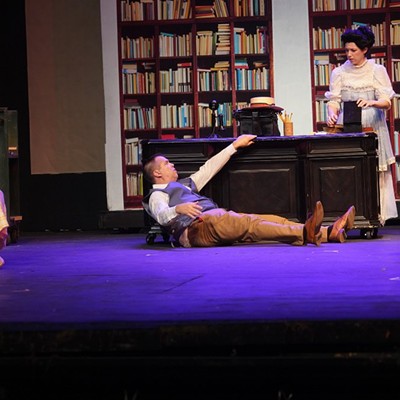In 2002, while working as an elementary school teacher, I
frequently walked past the gymnasium and noticed a physical education teacher’s
remarkable way of handling student behavior. She masterfully motivated students
to buy into a team approach, where everyone looked out for each other and
regularly “helped a friend.” The same students who challenged me in my
classroom behaved like angels in hers! It felt like she had some kind of magic.
As a new teacher, I wanted to learn her secret. When I approached her, she
handed me a book on restorative practices, which is a way to build
relationships and resolve conflict. That was the magic I had witnessed in her
classroom.
Fast forward to 2015. While visiting an alternative high
school, I met an administrator beginning to implement restorative practices to
reduce fighting and suspensions and improve student attendance. This work
included him holding restorative circles for students with low attendance,
their caregivers and teachers to discuss how the students’ behavior affected
everyone involved. These circles led to significant increases in attendance by
students. Talking to the teachers at the school, I learned how restorative
practices were improving their relationships with students and colleagues.
Again, I witnessed the magic of restorative practices in action.
Since then, I have attended numerous restorative practices
trainings and received certification to become a coach and trainer. It has
transformed the way I approach leadership, resolve issues with students and
even how I parent my children. I have experienced the magic on a more personal
level and witnessed its positive impact.
Having witnessed the magic of restorative practices
firsthand, as the director of the UIS School of Education, I have been inspired
to make it a unifying concept within the school. We have woven restorative
practices into how we conduct meetings, resolve conflicts and incorporate
pedagogical practices. We aim to become the first educator preparation program
in the country to guarantee that all undergraduate and graduate students
receive training in restorative practices.
With strategic investment funding from the university, the
UIS School of Education is developing a Restorative Schools Network. This
visionary endeavor will bring together multiple school districts to transform
education through restorative practices. Participating schools will become
model restorative practices schools and classrooms – places where UIS future
educators can observe and learn about their implementation and a source of
learning for schools and districts nationwide. As a part of the program,
climate, discipline, achievement and attendance data will be collected to
measure impact.
The multi-year program begins this summer with nine
Springfield District 186 schools joining the network. District administrators
and UIS faculty and staff will attend three days of training this month.
Teachers and staff will be trained for two days in July and two additional days
in the fall. Throughout the year, UIS faculty will provide coaching to help the
schools implement what they learn during the training and refine their skills.
In subsequent years, additional school districts will be invited to join.
The core tenets of restorative practices include shifting
from leadership models that emphasize “power over” others to a more
collaborative approach of working “with” others. This approach combines high
expectations with the necessary support, whereas “power over” models include
high expectations with little support and generate a fear of making mistakes.
Additionally, restorative practices involve using circles,
an approach practiced in many indigenous cultures to facilitate conversations,
academic discussions and address conflicts. Restorative practices strategies
ensure a fair process exists, including allowing each person the chance to
speak uninterrupted and to listen to others to build empathy and understanding
when conflict occurs. However, no one is ever forced to participate.
Finally, restorative practices aim to reduce shame-induced
behaviors such as acting out toward others, internalizing self-hate or
unhealthy avoidance behaviors. Whenever conflict is not addressed directly with
a healing-centered approach such as restorative practices, people and
relationships can get stuck within damaging cycles of shame.
Research shows that schools implementing restorative
practices with fidelity experience a transformation in school climate. They see
fewer suspensions, expulsions, conflicts and misbehaviors such as bullying.
Furthermore, restorative practices help build a positive school climate by
improving relationships among peers and between students and teachers,
promoting prosocial behaviors by developing students’ social and emotional
skills. Ultimately, restorative practices provide a trauma-informed, healing-centered
approach that benefits children and adults alike.
Restorative practices have the potential to transform. I am
excited about the future where the magic of restorative practices is at the
heart of education, leading to safer, healing-centered communities.
Beth Hatt is an experienced educator and the director of
the UIS School of Education. She has taught across grade levels from
kindergarten to youth in alternative high school settings.



















